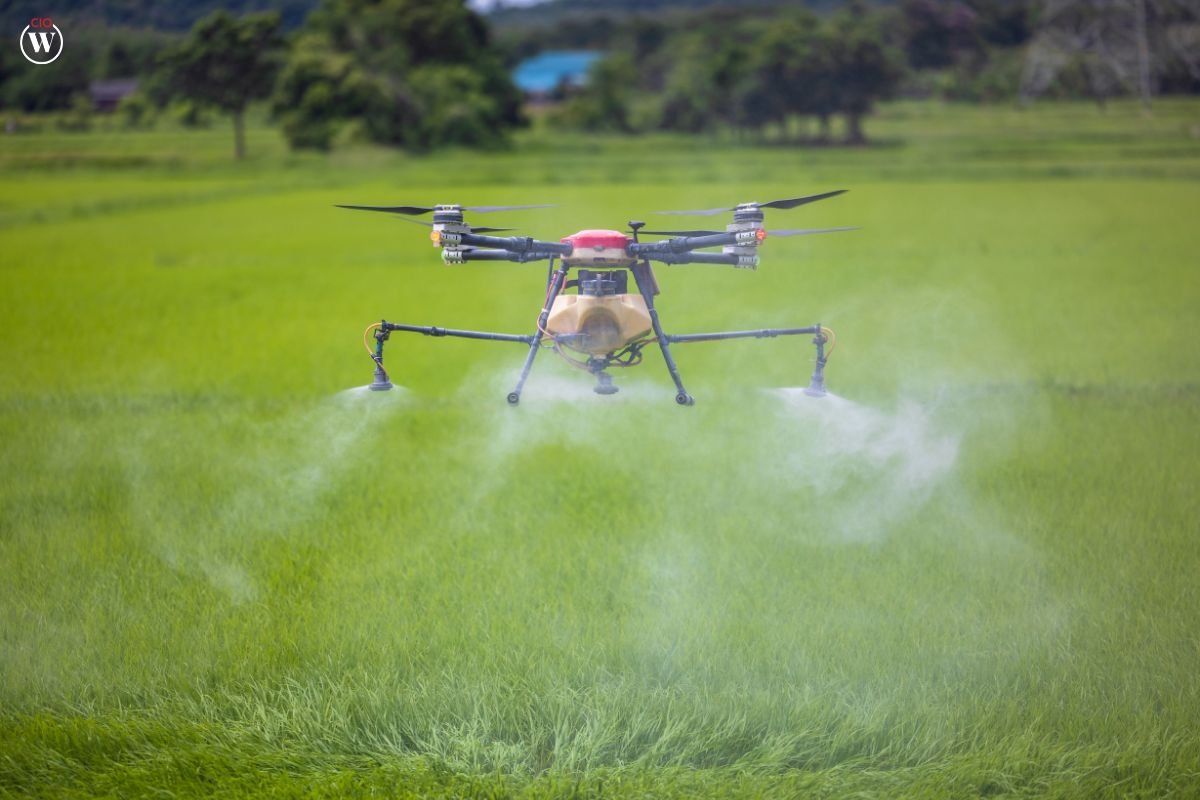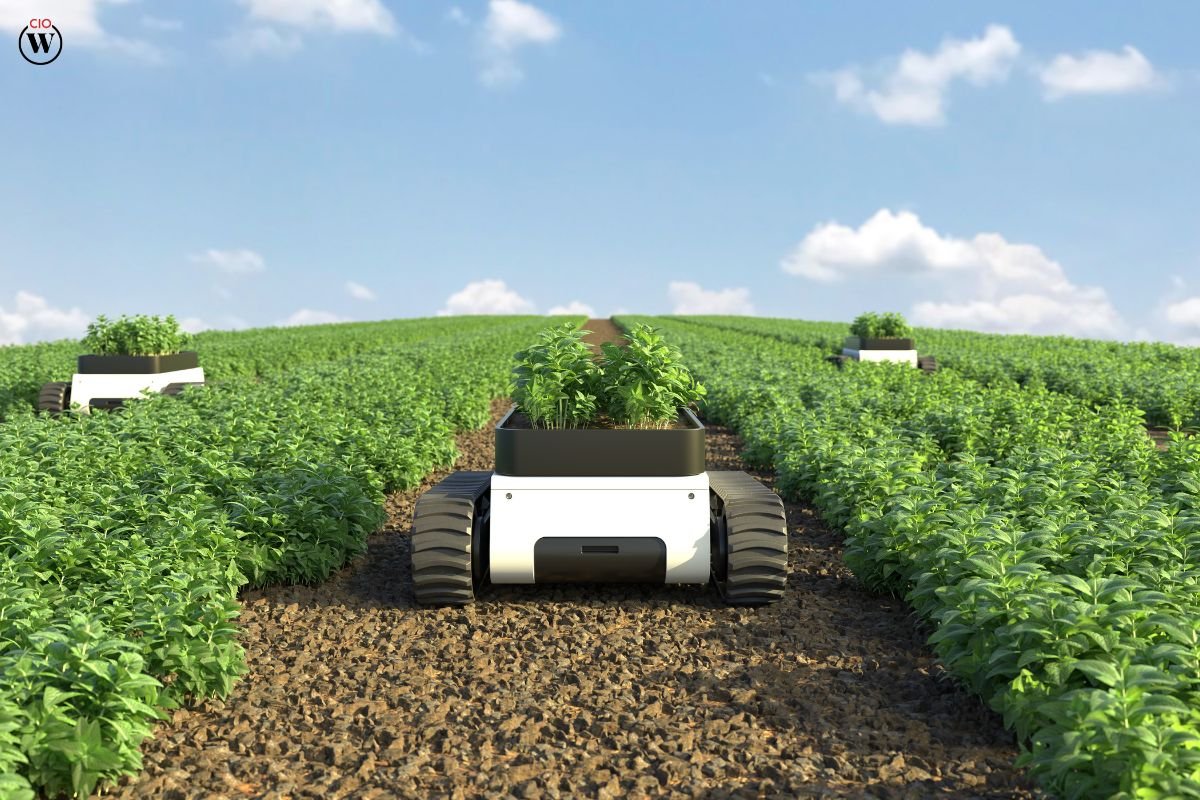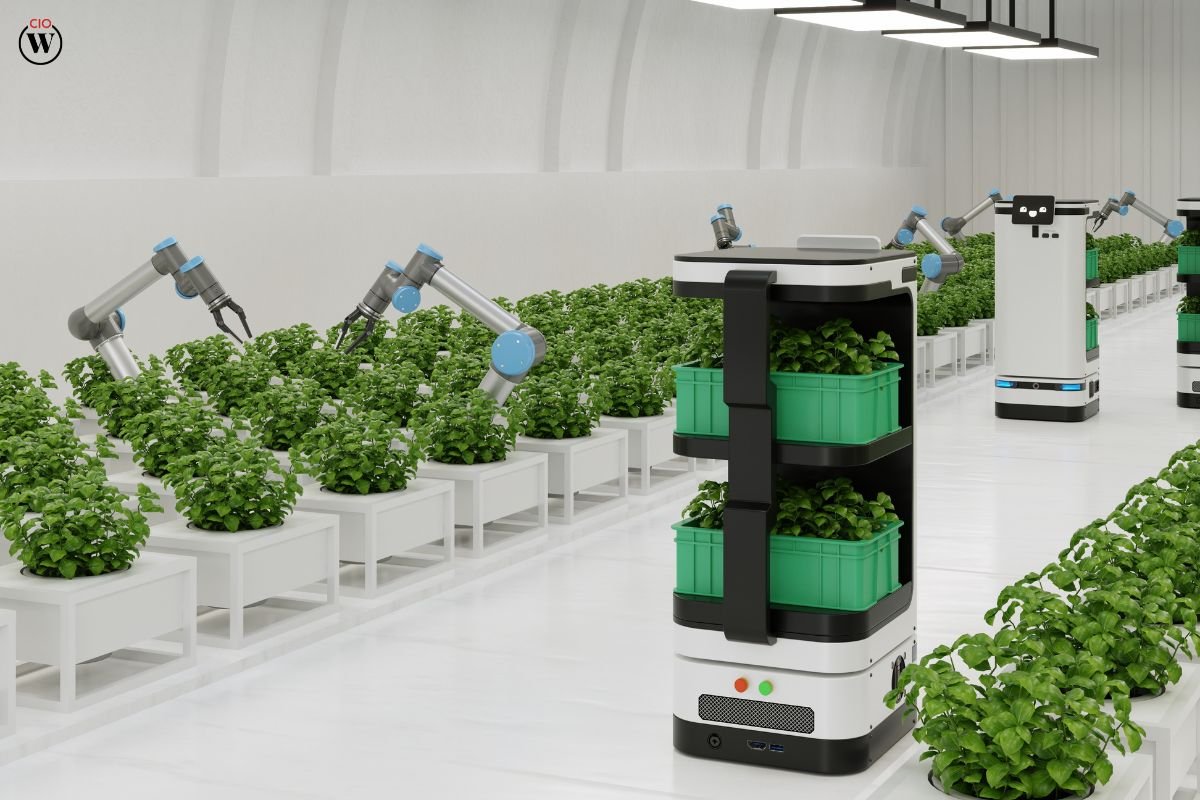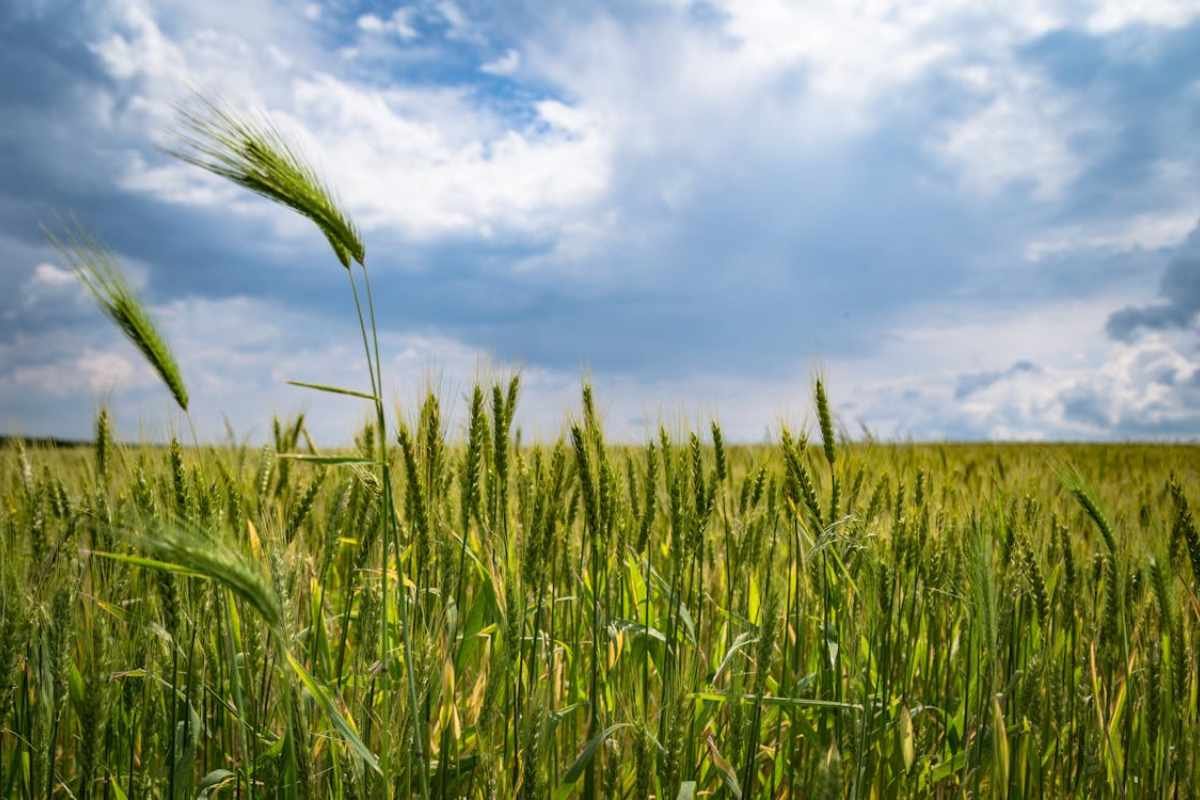In recent years, farming has changed significantly due to new technology. One major change is the use of artificial intelligence (AI), which is transforming how farming is done and impacting agricultural labor. AI is having a big effect, creating both new opportunities and challenges. This article explores how AI is changing agriculture, the benefits it offers, potential problems, and the future of the industry, including the impact of AI on agricultural labor.
Introduction to AI in Agricultural
Artificial intelligence refers to the simulation of human intelligence processes by machines, particularly computer systems. These processes include learning, reasoning, and self-correction. In agriculture, AI encompasses a variety of applications, from crop and soil monitoring to predictive analytics and automated machinery. The integration of AI into agriculture aims to enhance productivity, efficiency, and sustainability and is significantly shaping the impact of AI on agricultural labor.
Enhancing Productivity and Efficiency
One major impact of AI on agricultural labor is its ability to boost productivity and efficiency. Traditional farming methods often require a lot of manual work and time. AI technologies, such as machine learning algorithms and computer vision, help automate many tasks. For example, AI-powered drones and robots can plant seeds, monitor crop health, and even harvest crops. These technologies reduce the need for manual labor, allowing farmers to manage larger areas of land more precisely and with less effort.
Precision Agriculture
Precision agriculture is a farming management concept that uses AI to measure and analyze data at a granular level. This approach enables farmers to make informed decisions about planting, fertilizing, and irrigating crops. By utilizing AI-driven sensors and data analytics, farmers can monitor soil conditions, weather patterns, and crop health in real-time. The impact of AI on agricultural labor in this context is significant, as it shifts the role of labor from manual tasks to data analysis and decision-making.
Labor Shortages and AI Solutions

Agricultural labor shortages have been a persistent issue in many regions. The physically demanding nature of farm work, combined with low wages and seasonal employment, makes it challenging to attract and retain workers. AI offers solutions to mitigate these labor shortages. Automated machinery, such as self-driving tractors and robotic harvesters, can perform tasks that would otherwise require a large workforce. This not only addresses the labor gap but also ensures that farming operations continue smoothly during peak seasons.
AI in Crop and Pest Management
Effective crop and pest management is crucial for maximizing yield and ensuring food security. AI plays a pivotal role in this area by providing advanced tools for monitoring and controlling pests. Machine learning algorithms can analyze data from satellite imagery and field sensors to detect early signs of pest infestations. Additionally, AI-powered drones can apply pesticides precisely where needed, minimizing the use of chemicals and reducing labor-intensive spraying activities. The impact of AI on agricultural labor here is twofold: it reduces the need for manual pest control and enhances the effectiveness of crop management strategies.
Improving Livestock Management
AI is not limited to crop farming; it also has a significant impact on livestock management. AI-powered systems can monitor the health and behavior of livestock in real time. Wearable devices and sensors can track vital signs, movement patterns, and feeding habits. This data is then analyzed to detect any signs of illness or stress, allowing farmers to intervene promptly. By automating the monitoring process, AI reduces the need for constant human supervision, enabling farmers to manage larger herds more efficiently.
Challenges and Concerns
While the impact of AI on agricultural labor is largely positive, there are several challenges and concerns that need to be addressed. One of the primary concerns is the potential displacement of workers. As AI technology continues to advance, there is a risk that many traditional farming jobs will become obsolete. This could lead to unemployment and social upheaval, particularly in rural areas where agriculture is a primary source of livelihood.
Addressing the Skills Gap

The integration of AI into agriculture also necessitates a shift in the skills required for agricultural labor. Farmers and workers need to be trained in the use of AI technologies and data analytics. This requires investment in education and training programs to ensure that the workforce can adapt to the changing landscape. Addressing the skills gap is essential to maximize the benefits of AI and minimize the negative impact on agricultural labor.
Economic Impact
The economic impact of AI on agricultural labor is multifaceted. On one hand, AI-driven automation can lead to cost savings and increased profitability for farmers. By reducing the reliance on manual labor, farmers can lower operational costs and increase efficiency. On the other hand, the initial investment in AI technology can be substantial, posing a barrier for small and medium-sized farms. Policymakers and industry stakeholders need to work together to provide support and incentives for the adoption of AI in agriculture.
Environmental Benefits
AI has the potential to drive significant environmental benefits in agriculture. Precision farming techniques enabled by AI can reduce the overuse of fertilizers and pesticides, leading to more sustainable farming practices. AI-powered irrigation systems can optimize water usage, reduce waste, and conserve resources. The impact of AI on agricultural labor extends to environmental stewardship, as it promotes practices that are both economically viable and ecologically sound.
Case Studies

Several case studies highlight the positive impact of AI on agricultural labor. For example, in California, AI-powered robots are being used to harvest strawberries, a task traditionally done by hand. These robots can work around the clock, increasing productivity and reducing the need for seasonal labor. In India, AI-driven platforms are helping farmers predict crop yields and market prices, enabling them to make better decisions and secure higher incomes. These examples demonstrate how AI is transforming agricultural labor in diverse contexts.
Future Outlook
The future of AI in agriculture looks promising, with continued advancements expected to drive further improvements in productivity and sustainability. The impact of AI on agricultural labor will likely evolve, with new opportunities and challenges emerging. Collaboration between technology developers, farmers, and policymakers will be crucial to ensure that the benefits of AI are maximized while addressing any potential drawbacks.
Conclusion
The impact of AI on agricultural labor helps improve productivity, efficiency, and sustainability. This impact includes changes in agricultural labor, such as job displacement and the need for new skills. By adopting AI and investing in education and resources, the farming industry can overcome these challenges and use AI to build a successful and sustainable future.









